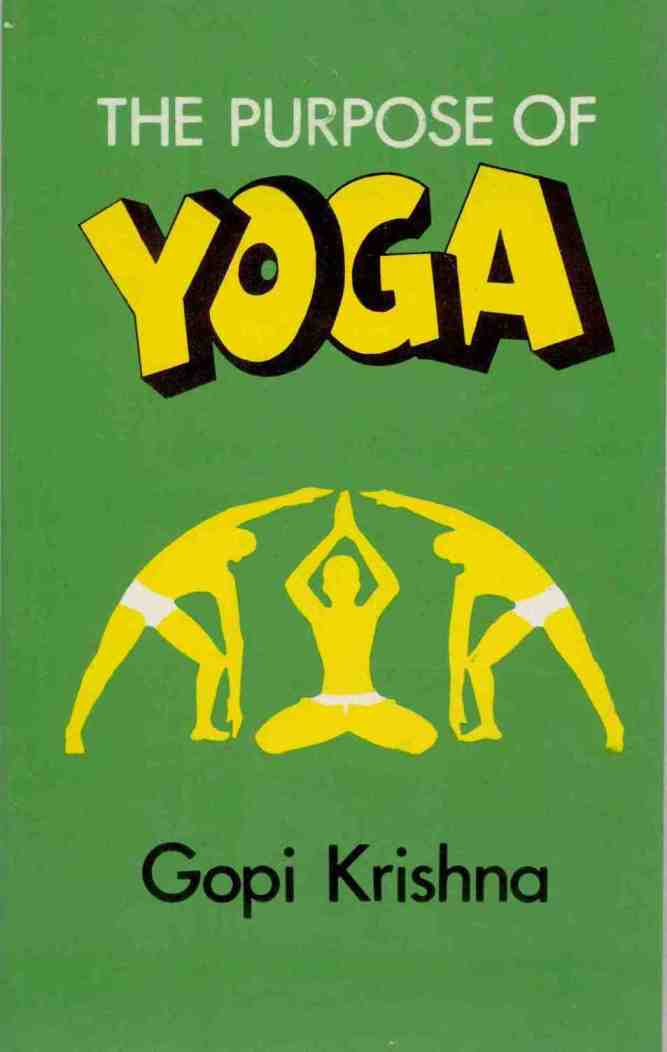Kundalini in Ancient Civilizations
For all of recorded history and, in all likelihood, extending well back into pre-history, there has been an impulse in the human mind to believe in magic, supernatural powers, transcendence, life after death, divine beings, or a ‘higher power’. The fact that pre-historic burials often included common daily articles, likely intended for use in an after-life, clearly indicates the antiquity of beliefs of this kind.
Religious or spiritual practices have been present in every culture of which we have record. In the present day science has come to almost totally dominate our way of life. Yet belief in a faith, and / or a strong fascination with the paranormal or super-human powers is just as strong as it ever was.
Science has been unable to explain this aspect of human nature, and has tended to regard it as an inexplicable quirk in our psychological makeup, with no basis in physiology. But when examined in the light of knowledge of Kundalini, this seemingly universal impulse is more easily explained. It is rooted in a psycho-physiological mechanism as real as the one that gives humanity the urge to procreate.
Knowledge of Kundalini can be found in many religious and spiritual traditions, particularly in the mystical arms of these faiths. It is also present in such traditions as alchemy and magic. In the former case this knowledge was generally used in an effort to attain to transcendence. In the latter the goal was often the acquisition of paranormal abilities.
Related ICR Resource:
The Purpose of Yoga
What enabled the Egyptians to design and construct the Great Pyramid? How did the ancient Maya develop a calendar more accurate than our own? Gopi Krishna asserts that a new activity of the cerebro-spinal system and the opening of a super-sensory channel in the brain provides the answers to these riddles.





